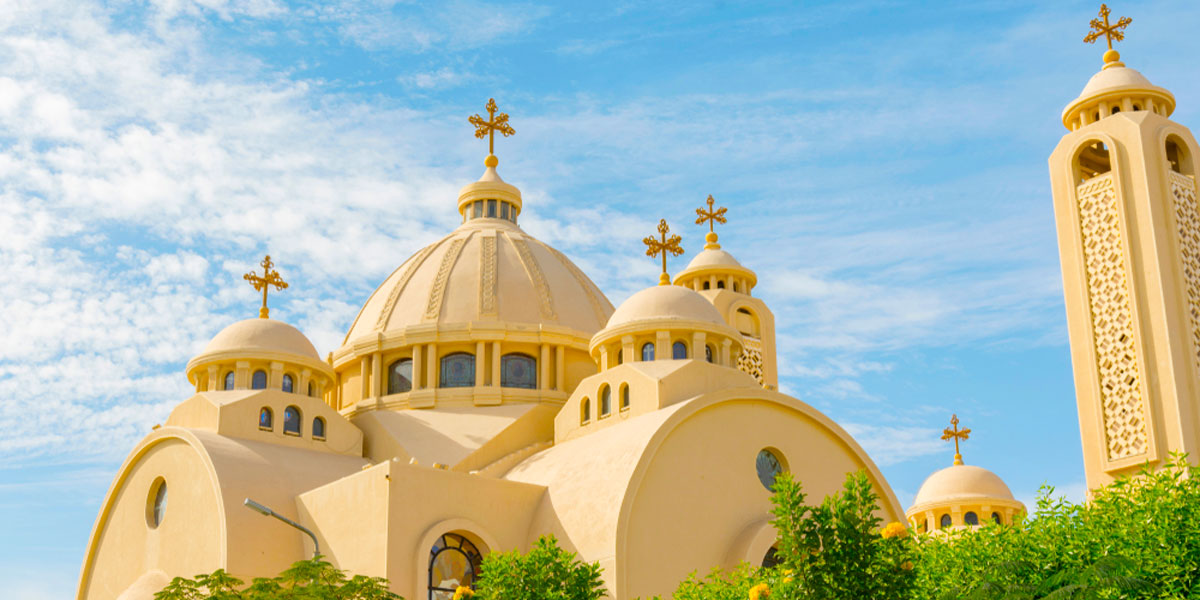
Christian monasteries have long been shrouded in mystery and intrigue. These sacred places, often nestled in remote locations, have played a significant role in history, culture, and spirituality. But what exactly makes them so fascinating? From their architectural marvels to the daily lives of monks and nuns, monasteries offer a glimpse into a world dedicated to faith, discipline, and community. Did you know some monasteries have been around for over a thousand years? Or that they were centers of learning and preservation during the Dark Ages? Let's dive into 19 captivating facts about Christian monasteries that will enlighten and surprise you.
Origins of Christian Monasteries
Christian monasteries have a rich history dating back to ancient times. They have played a significant role in shaping religious and cultural landscapes.
-
The first Christian monasteries appeared in Egypt around the 3rd century AD. Early monks sought solitude in the desert to live a life of prayer and penance.
-
St. Anthony the Great is often considered the father of Christian monasticism. He retreated to the Egyptian desert to live as a hermit, inspiring many to follow his example.
-
The word "monastery" comes from the Greek word "monast?rion," meaning a place for monks. It reflects the solitary nature of early monastic life.
Daily Life in a Monastery
Life in a monastery is structured and revolves around prayer, work, and community living. Monks and nuns follow a strict daily schedule.
-
Monastic life is guided by the Rule of St. Benedict, written in the 6th century. This rule emphasizes balance between prayer, work, and rest.
-
Monks typically wake up before dawn for the first prayer service of the day, known as Matins. This sets the tone for a day dedicated to spiritual activities.
-
Manual labor is an essential part of monastic life. Monks engage in various tasks such as farming, cooking, and crafting to support the community.
Architectural Marvels
Monasteries are not just places of worship but also architectural wonders. They often feature unique designs and structures.
-
Many monasteries are built in remote, picturesque locations. This isolation helps monks focus on their spiritual practices without worldly distractions.
-
The Abbey of Mont-Saint-Michel in France is one of the most famous monasteries. It sits on a rocky island and is accessible only during low tide.
-
Monasteries often include cloisters, which are covered walkways surrounding a central courtyard. These spaces provide a peaceful environment for meditation and reflection.
Monastic Contributions to Society
Monasteries have made significant contributions to education, culture, and society throughout history.
-
During the Middle Ages, monasteries were centers of learning. Monks preserved and copied ancient manuscripts, ensuring the survival of classical knowledge.
-
Monasteries played a crucial role in the development of agriculture. They introduced new farming techniques and crops, improving food production.
-
Many monasteries operated hospitals and provided medical care to the sick. Monks often acted as physicians, using herbal remedies and other treatments.
Monastic Orders
Different monastic orders have unique traditions and practices. Each order contributes to the diversity of monastic life.
-
The Benedictines, founded by St. Benedict, are known for their emphasis on community life and liturgical prayer. They follow the Rule of St. Benedict closely.
-
The Cistercians, a reform branch of the Benedictines, focus on simplicity and manual labor. They are known for their austere lifestyle and beautiful abbeys.
-
The Franciscans, founded by St. Francis of Assisi, emphasize poverty and service to the poor. They live a life of simplicity and humility.
Modern Monastic Life
Monastic life continues to thrive in the modern world, adapting to contemporary challenges while maintaining traditional values.
-
Many monasteries have embraced technology, using the internet to share their teachings and connect with the wider world. Some even sell products online to support their communities.
-
Monastic retreats have become popular among laypeople seeking spiritual renewal. These retreats offer a chance to experience monastic life and deepen one's faith.
-
Despite modern changes, the core values of prayer, work, and community remain central to monastic life. Monks and nuns continue to dedicate themselves to a life of service and devotion.
-
Monasteries often engage in social and environmental initiatives. They promote sustainable living practices and support local communities through various outreach programs.
The Final Word on Christian Monasteries
Christian monasteries have played a huge role in shaping history, culture, and spirituality. From their origins in the deserts of Egypt to their spread across Europe, these sacred places have been centers of learning, art, and community. Monks and nuns dedicated their lives to prayer, study, and helping others, leaving a lasting impact on society.
These monasteries preserved ancient texts, contributed to scientific knowledge, and provided refuge during turbulent times. Their architecture, often breathtaking, stands as a testament to human devotion and creativity. Whether you're fascinated by history, religion, or architecture, there's something captivating about these spiritual havens.
Understanding the significance of Christian monasteries helps us appreciate their contributions to our world. They remind us of the power of faith, community, and the pursuit of knowledge. So next time you see a monastery, remember the rich history and profound impact behind those walls.
Was this page helpful?
Our commitment to delivering trustworthy and engaging content is at the heart of what we do. Each fact on our site is contributed by real users like you, bringing a wealth of diverse insights and information. To ensure the highest standards of accuracy and reliability, our dedicated editors meticulously review each submission. This process guarantees that the facts we share are not only fascinating but also credible. Trust in our commitment to quality and authenticity as you explore and learn with us.


